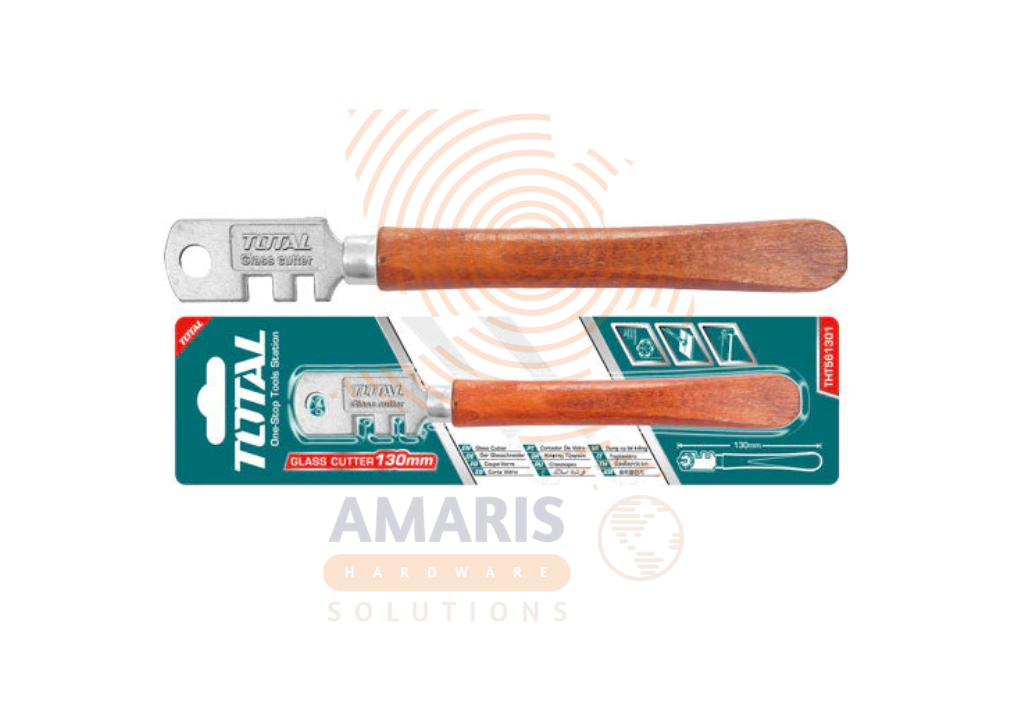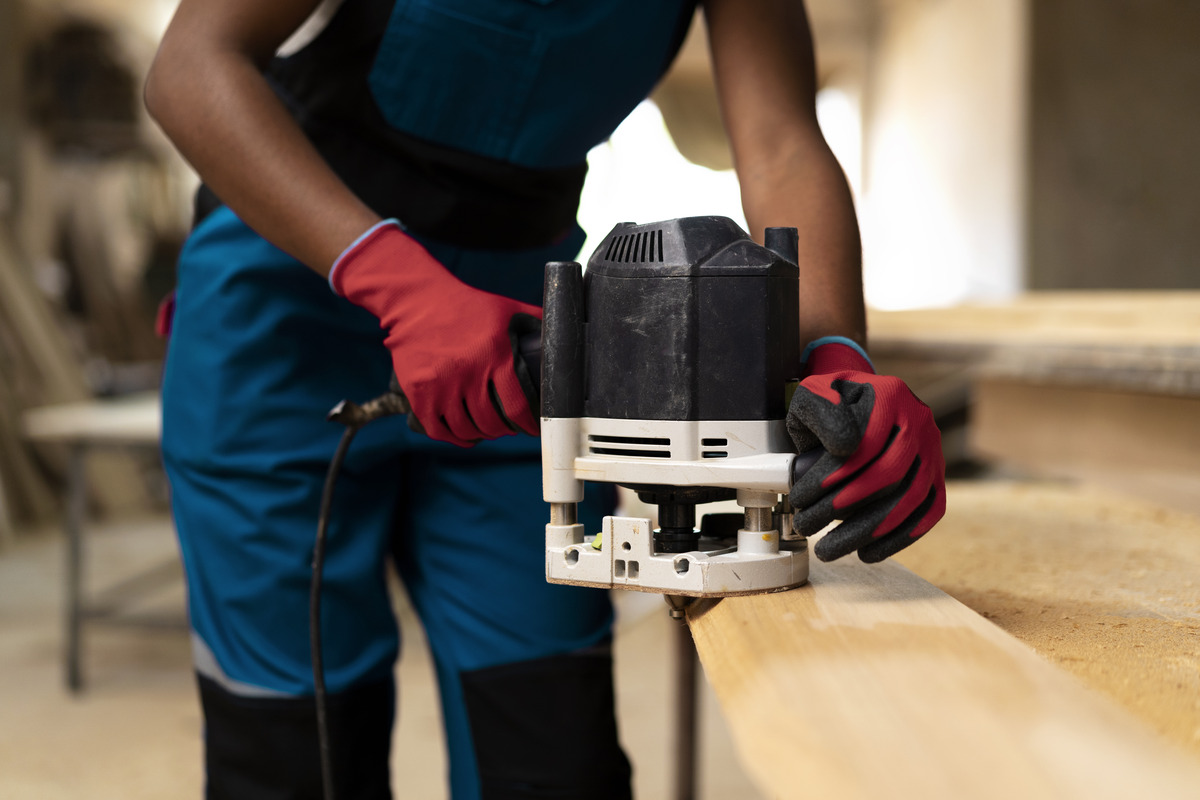“✂️ Cut Like a Pro: Why a Glass Cutter is Your Ticket to Precision and Creativity”

If you’ve ever looked at a sleek glass tabletop, a decorative mirror, or a custom window pane and thought, “I wish I could make that”, then it’s time to meet your new best friend—the glass cutter. This small but mighty tool has been a staple in workshops and art studios for decades, helping everyone from professional glaziers to crafty DIY enthusiasts transform sheets of glass into beautiful, functional pieces.
What Exactly Is a Glass Cutter?
A glass cutter is a hand tool designed to score the surface of glass so it can be snapped along a precise line. It doesn’t “cut” in the same way scissors slice paper—instead, it creates a controlled fracture in the glass surface, allowing you to break it cleanly along that score.
Most modern glass cutters have a small, hardened steel or tungsten carbide wheel at the tip, which is run along the glass to make a fine score line. Some even have oil reservoirs to lubricate the wheel, making cuts smoother and extending the tool’s life.
Why a Glass Cutter Deserves a Spot in Your Workshop
- Precision Work 🎯
When you need clean, straight cuts—or even gentle curves—a glass cutter delivers control you just can’t get with other methods. - Versatility in Projects
- Cutting window panes for repairs
- Making glass shelves or tabletops
- Shaping mirrors for custom frames
- Crafting stained glass artwork
- Creating decorative panels and glass crafts
- Cutting window panes for repairs
- Compact and Easy to Use
This isn’t a bulky power tool—it’s lightweight, portable, and easy to store, making it perfect for quick jobs and intricate projects alike. - Cost-Effective
Repairing a cracked pane or creating your own glass pieces can save you money compared to buying pre-cut or custom glass.
Tips for Getting the Most Out of Your Glass Cutter
- Use a Flat, Stable Surface: Glass cutting works best on a solid workbench or table with good lighting.
- Measure Twice, Cut Once: Accuracy is key—once you score the glass, you can’t undo it.
- Apply Steady Pressure: Too much force can chip the glass, too little may result in an incomplete score.
- Snap with Confidence: After scoring, use running pliers or gentle, even pressure to break along the line.
- Wear Safety Gear 🥽: Glass can be unpredictable—always wear safety goggles and gloves.
Creative and Practical Uses
- Home Improvements: Replace cracked windows, add glass shelves, or customize cabinet doors.
- Art Projects: Craft stained glass designs, mosaics, and unique decorative pieces.
- Upcycling: Repurpose old glass panels, bottles, or mirrors into something beautiful and functional.
- Workshop Repairs: Cut precise replacement pieces for greenhouses, picture frames, or furniture.
Safety First
While glass cutters are safe when used correctly, you’re still working with a fragile material. Always clean your workspace before starting, keep pets and children away, and dispose of leftover shards carefully. A magnetic parts tray or sealed container works well for collecting small pieces.
The Bottom Line
The glass cutter is proof that great tools don’t have to be big or complicated to make a huge impact. With a little practice, you can take on glass projects you might have thought were impossible—whether you’re repairing, building, or creating art.
So, grab your cutter, mark your line, and score with confidence. Before long, you’ll be turning plain sheets of glass into polished, professional-looking creations. With a glass cutter in your hand, the only limit is your imagination.


 Acrylic Sealants
Acrylic Sealants Construction Adhesives
Construction Adhesives Double-Sided Tape
Double-Sided Tape Duct Tape
Duct Tape Electrical Tape
Electrical Tape Epoxy & Resins
Epoxy & Resins Masking Tape
Masking Tape
 Automotive Wrenches & Socket Sets
Automotive Wrenches & Socket Sets Battery Chargers & Jump Starters
Battery Chargers & Jump Starters Car Jacks & Stands
Car Jacks & Stands Car Wash & Detailing Products
Car Wash & Detailing Products Diagnostic Tools
Diagnostic Tools Tire Inflators
Tire Inflators Vehicle Lighting
Vehicle Lighting Oil & Lubricants
Oil & Lubricants
 Adhesives & Sealants
Adhesives & Sealants Bricks & Blocks
Bricks & Blocks Cement & Concrete
Cement & Concrete Drywall & Plaster
Drywall & Plaster Flooring (Tiles, Wood, Laminate)
Flooring (Tiles, Wood, Laminate) Lumber & Plywood
Lumber & Plywood Paints, Primers & Coatings
Paints, Primers & Coatings Insulation Materials
Insulation Materials Roofing Materials
Roofing Materials
 Circuit Breakers
Circuit Breakers Electrical Cables & Wires
Electrical Cables & Wires Switches & Sockets
Switches & Sockets Fuses & Relays
Fuses & Relays Connectors & Terminals
Connectors & Terminals Electrical Boxes & Panels
Electrical Boxes & Panels Conduit & Fittings
Conduit & Fittings Lighting Fixtures & Bulbs
Lighting Fixtures & Bulbs Extension Cords & Power Strips
Extension Cords & Power Strips
 Anchors
Anchors Bolts
Bolts Clips & Clamps
Clips & Clamps Screws
Screws Nuts
Nuts Washers
Washers Rivets
Rivets Nails
Nails Threaded Rods
Threaded Rods
 Hammers
Hammers Measuring Tools (Tapes, Levels, Calipers)
Measuring Tools (Tapes, Levels, Calipers) Screwdrivers
Screwdrivers Pliers & Cutters
Pliers & Cutters Saws & Blades
Saws & Blades Chisels & Punches
Chisels & Punches Allen Keys & Hex Keys
Allen Keys & Hex Keys Ratchets & Socket Sets
Ratchets & Socket Sets Wrenches & Spanners
Wrenches & Spanners
 Power Tool Accessories (Blades, Bits, Discs)
Power Tool Accessories (Blades, Bits, Discs) Rotary Tools
Rotary Tools Saws (Circular, Jigsaw, Reciprocating)
Saws (Circular, Jigsaw, Reciprocating) Drills & Drivers
Drills & Drivers Grinders & Sanders
Grinders & Sanders Heat Guns
Heat Guns Nail Guns
Nail Guns Impact Wrenches
Impact Wrenches Batteries & Chargers
Batteries & Chargers
 Pipes & Fittings (PVC, Copper, PEX)
Pipes & Fittings (PVC, Copper, PEX) Plumbing Tools
Plumbing Tools Pumps & Motors
Pumps & Motors Sealants & Adhesives for Plumbing
Sealants & Adhesives for Plumbing Valves & Taps
Valves & Taps Water Heaters
Water Heaters Drainage Systems
Drainage Systems Faucets & Fixtures
Faucets & Fixtures Hoses & Tubing
Hoses & Tubing
 Hinges & Latches
Hinges & Latches Hooks & Brackets
Hooks & Brackets Window Hardware
Window Hardware Chains & Cables
Chains & Cables Casters & Wheels
Casters & Wheels Shelving & Storage Systems
Shelving & Storage Systems Door Handles & Locks
Door Handles & Locks Drawer Slides & Cabinet Hardware
Drawer Slides & Cabinet Hardware
 Personal Protective Equipment (PPE)
Personal Protective Equipment (PPE) Respirators & Masks
Respirators & Masks Safety Glasses
Safety Glasses Safes
Safes Security Cameras
Security Cameras Gloves
Gloves Helmets
Helmets Ear Protection
Ear Protection Fire Safety Equipment
Fire Safety Equipment Locks & Padlocks
Locks & Padlocks Motion Sensors & Alarms
Motion Sensors & Alarms
 Garden Fencing
Garden Fencing Garden Furniture Hardware
Garden Furniture Hardware Lawn Mowers
Lawn Mowers Trimmers & Edgers
Trimmers & Edgers Shovels & Spades
Shovels & Spades Rakes & Hoes
Rakes & Hoes Pruning Shears & Loppers
Pruning Shears & Loppers Watering Systems (Hoses, Sprinklers, Nozzles)
Watering Systems (Hoses, Sprinklers, Nozzles)
 Interior Paints
Interior Paints Paint Brushes & Rollers
Paint Brushes & Rollers Paint Strippers & Thinners
Paint Strippers & Thinners Paint Trays & Accessories
Paint Trays & Accessories Exterior Paints
Exterior Paints Spray Paints
Spray Paints Primers & Undercoats
Primers & Undercoats Varnishes & Stains
Varnishes & Stains
 Gaskets & Seals
Gaskets & Seals Hydraulic Fittings
Hydraulic Fittings Industrial Fasteners
Industrial Fasteners Industrial Hoses
Industrial Hoses Lubricants & Greases
Lubricants & Greases Metal Sheets & Bars
Metal Sheets & Bars Bearings & Bushings
Bearings & Bushings Belts & Pulleys
Belts & Pulleys
 HVAC Filters
HVAC Filters Insulation for HVAC
Insulation for HVAC Air Conditioners
Air Conditioners Refrigerants
Refrigerants Ventilation Ducts & Fittings
Ventilation Ducts & Fittings Thermostats & Controllers
Thermostats & Controllers Fans & Blowers
Fans & Blowers
 Pegboards & Hooks
Pegboards & Hooks Shelving Units
Shelving Units Storage Bins & Containers
Storage Bins & Containers Toolboxes & Tool Chests
Toolboxes & Tool Chests Workbenches
Workbenches Drawer Organizers
Drawer Organizers Labeling Supplies
Labeling Supplies
 Welding Accessories (Clamps, Brushes)
Welding Accessories (Clamps, Brushes) Welding Electrodes & Rods
Welding Electrodes & Rods Welding Helmets & Gloves
Welding Helmets & Gloves Welding Machines
Welding Machines Soldering Irons & Stations
Soldering Irons & Stations Flux & Solder Wire
Flux & Solder Wire
 Generator Accessories
Generator Accessories Inverters
Inverters Portable Generators
Portable Generators Power Inverters
Power Inverters Transfer Switches
Transfer Switches Diesel & Gasoline Generators
Diesel & Gasoline Generators
 Transport Equipment: Carts, Dollies, and Hand Trucks
Transport Equipment: Carts, Dollies, and Hand Trucks Storage Solutions: Pallets, Racks, and Containers
Storage Solutions: Pallets, Racks, and Containers Lifting Equipment: Hoists, Cranes, and Jacks
Lifting Equipment: Hoists, Cranes, and Jacks Conveyors and Accessories: Belts and Rollers
Conveyors and Accessories: Belts and Rollers



